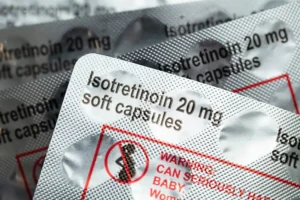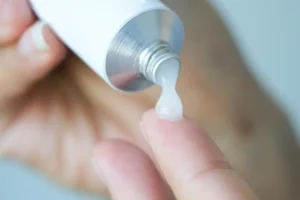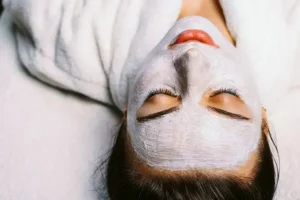In the middle of summer, sunscreen should be as routine as brushing your teeth — but the truth is, most people are still applying it incorrectly, skipping reapplication, or only using it when they “go outside.” If that sounds familiar, you’re not alone. And while summer sun makes SPF especially critical, it’s important to know that sunscreen isn’t seasonal — it’s a year-round essential, even on cloudy days and even if you’re spending most of your time indoors.
If you need a refresher on the different types of sunscreen — mineral vs. chemical — or how SPF works, make sure to read our SPF Guide: Everything You Need to Know to Protect Your Skin. Today’s post is about practical use, protection gaps, and damage you may not see… until it’s too late.
Why Skipping Sunscreen Is Never Just a One-Time Mistake
It’s easy to assume that forgetting SPF here and there won’t make a big difference. But sun damage isn’t always obvious in the moment — and the effects are cumulative.
When you skip SPF:
-
UV rays start breaking down collagen and elastin, even if you don’t burn
-
Dark spots, fine lines, and hyperpigmentation may not show up for months or years
-
A single severe sunburn has been shown to double the likelihood of developing melanoma later in life.
Sunscreen is the single most effective tool we have to prevent both cosmetic and medical skin damage — especially when used consistently.
How to Apply SPF Correctly — And What Most People Get Wrong
Most sunscreen mistakes aren’t about the product — they’re about the application. Here’s how to get it right:
-
Use enough: A nickel-sized amount for your face and neck; about a shot glass (1 oz) for full-body coverage
-
Apply 15 minutes before sun exposure to let it settle into the skin
-
Don’t forget areas like ears, hairline, back of neck, tops of hands and feet
-
Reapply every two hours if you’re outdoors or exposed to light for long periods
Do You Need SPF Indoors or When It’s Cloudy? Yes — Here’s Why
Sunlight doesn’t have to feel strong to do damage. UVA rays, which cause long-term aging and DNA damage, can penetrate through glass — meaning you’re still exposed while sitting by a window, driving, or working next to natural light.
And while the link between blue light from screens and skin aging is still being researched, some studies suggest that visible light can worsen pigmentation, especially in deeper skin tones or those prone to melasma.
Daily SPF is a must — even if you’re not stepping outside.
How to Reapply SPF Without Ruining Your Skin or Makeup
Reapplying sunscreen throughout the day is critical, but touching your face (especially with dirty hands) or disturbing your makeup can be a challenge. Here’s what to use depending on your situation:
-
No makeup, no access to a sink? Use a mineral SPF stick. It’s mess-free, portable, and you can reapply on the go. Perfect for hiking, the beach, or daily errands.
-
Wearing makeup? Reach for a powder sunscreen or setting spray with SPF. These allow you to layer protection on top of foundation without ruining your look. No smudging, no blending required.
Are You Protecting These Commonly Missed Areas?
Even the most diligent sunscreen user can overlook key zones. Be sure to cover:
-
Lips: The skin here is thin and vulnerable. Use an SPF 30+ balm to prevent burns and reduce long-term damage.
-
Undereyes: This delicate area shows signs of aging and sun exposure first. Look for fragrance-free sunscreens formulated for sensitive skin or dedicated SPF eye creams.
-
Eyelids: Often missed, yet highly prone to skin cancers. Choose a gentle mineral formula or use a brush-on powder for coverage.
-
Scalp: If you part your hair, have thinning areas, or wear your hair up, your scalp is exposed. Use a lightweight SPF spray or wear a hat.
Sunscreen Isn’t Optional — It’s Foundational
Sunscreen isn’t just a summer thing, and it’s not just for fair skin. It’s the baseline for protecting your skin’s health, tone, and texture over time. If you care about fading acne scars, preventing premature aging, or lowering your risk of skin cancer, make SPF a non-negotiable part of your daily routine.
Make it easy:
-
Keep SPF by your toothbrush as a reminder
-
Reapply with products that work for your lifestyle
-
Don’t wait for visible damage to take it seriously
Want to learn more about SPF ingredients, filters, and what kind is best for your skin type? Be sure to read our SPF Guide — it’s packed with everything you need to make a smart choice.





